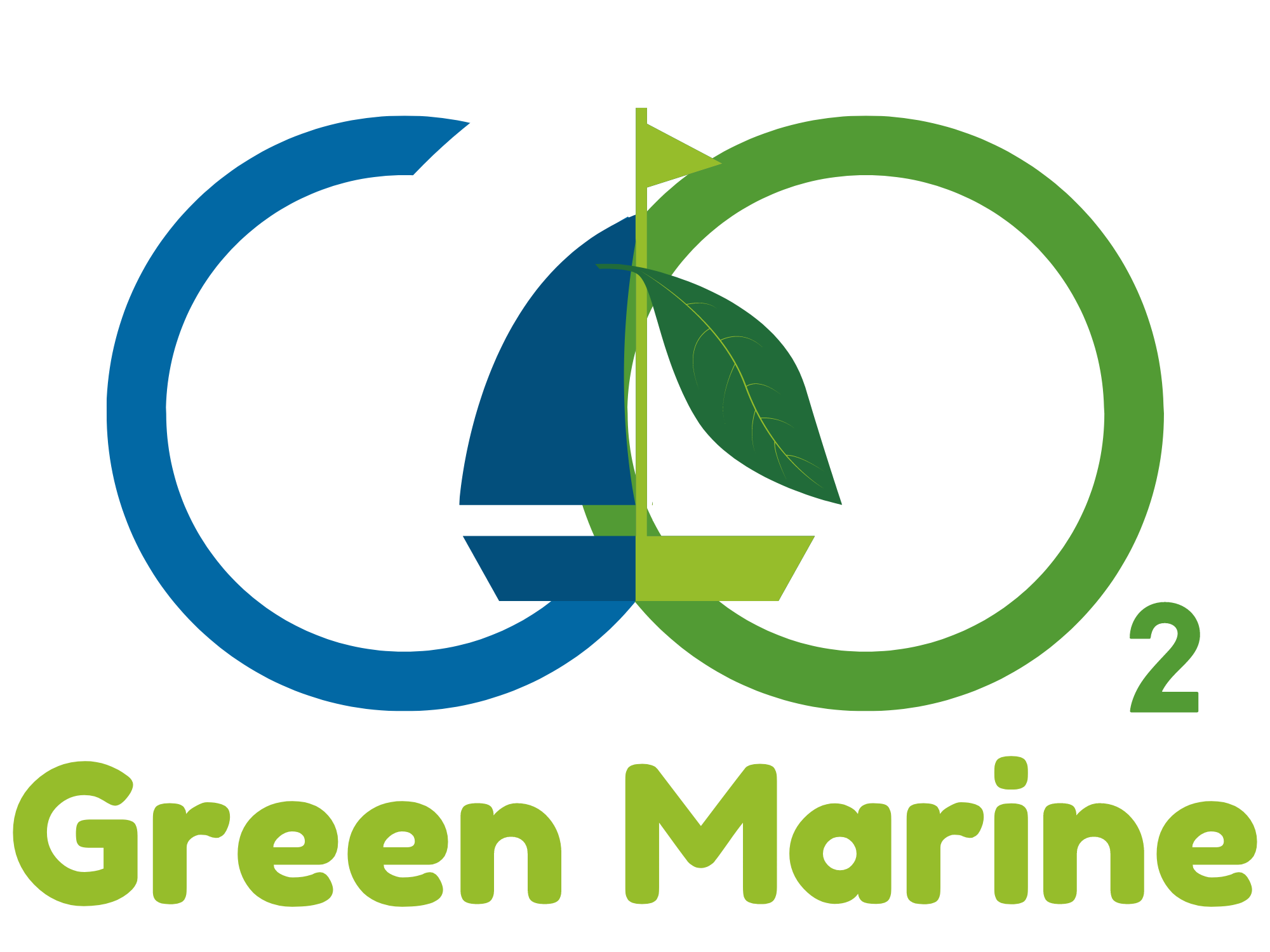Carbon Capture and Storage: The next big step towards decarbonisation
April 24, 2025
Last updated :
May 8, 2025
 George Mallouppas
George Mallouppas

Do you remember the last time you were disturbed by the sight of smoke billowing from factory chimneys? Does the idea of fighting climate change seem too distant? Well, let us introduce you to carbon capture solutions! These technologies separate and collect carbon dioxide emissions from exhaust gases, thereby preventing their escape into the atmosphere. These technologies could be extended to operate on the exhaust gas emissions originating from various sources such as ships, cars, and even power plants! The Green Marine project aims to retrofit existing marine vessels with such technologies. Carbon capture solutions are emerging as one of the most promising tools aiding to tackle climate change. They offer a transitional solution towards the complete adoption of renewable energy sources.
Historic goals were set during the UN Climate Change Conference (COP21) held in Paris on 12th December 2015 [1]. The conference resulted in an agreement among all nations to address climate change to move towards the reduction of greenhouse gas (GHG) emissions by 45% by 2030 and achieving net zero by 2050 [2]. The shipping sector has observed a 20% increase in global GHG emissions over the last decade as of 2023 [3]. The 83rd session of the Marine Environmental Protection Committee (MEPC 83) meeting was held from 7 to 11 April 2025. The major outcomes from the meeting include the approval of a global framework to gradually reduce emissions through economic incentives and setting fuel standards and establishing a regulatory framework for the use of Carbon Capture and Storage (CCS) systems onboard ships [4]. CCS technology is a major contender for the decarbonisation of the maritime industry in pursuit of the goal of net zero emissions.
CCS has a long history of implementation, dating back to the 1960s in the United States (US) and Canada. In its early stages, CCS methods were not primarily focused on the reduction of emissions but were instead used for industrial applications. The first large-scale commercial CCS project was carried out by Chevron in Texas, US, utilizing the CO2-enhanced oil recovery (EOR) method. This technique involves injecting CO2 captured from natural CO2 fields in Colorado into underground oil reservoirs to extract more oil than would be otherwise possible. The Sleipner CCS project in Norway (1996) and the Weyburn project in Canada (2000) were among the first international large-scale demonstrations of CCS technology [5].
There are several methods of capturing CO2 emissions [6]. The most popular method is post-combustion capture which involves the separation of CO2 from exhaust gases. This can be achieved through selective membranes, chemical solvents or physical adsorbents. In fact, the Green Marine project consortium is developing a novel membrane technology for carbon capture to be retrofitted onto existing vessels.! Membrane technologies are compact, energy-efficient solutions that require less maintenance due to the presence of few moving parts. Additionally, they can be easily scaled for larger applications by simply increasing the number of membrane modules. Hence, they are easily adaptable for retrofitted designs.
Other carbon capture methods include pre-combustion capture in which the fuel is converted into a gas mixture after which CO2 is separated from the mixture. Another method is cryogenic carbon capture which involves cooling exhaust gases to very low temperatures to condense and separate CO₂ from the exhaust gas stream. It should be noted that this method can be energy-intensive and may require careful assessment of its overall energy balance for successful results.
The next stage in the CCS technology is the storage of the captured CO2 which refers to its containment while preventing any further escape into the atmosphere. A common method is the injection of CO2 into underground formations such as saline aquifers, unused oil and gas reservoirs, coal seams, etc. These containments consist of rock layers that trap and prevent the release of CO2 into the atmosphere.
Other methods include the conversion of CO2 into stable carbonates, such as limestone, which offers a safe and cost-effective solution for long-term storage. Additional methods include the storage of CO2 under the seabed or inserting it into long-lived products such as concrete, plastics, etc. However, the former method must be carefully evaluated for its potential ecological impact prior to implementation.
Overall, CCS technologies offer promising solutions for the decarbonisation of several industries including the maritime sector. Inspiring a global challenge of mitigating climate change, CCS plays a critical role in supporting the transition toward sustainable maritime transportation.
References:
-
- United Nations (2024). The Paris Agreement. [online] United Nations. Available at: https://www.un.org/en/climatechange/paris-agreement.
-
- United Nations (2024). For a livable climate: Net-zero commitments must be backed by credible action. [online] United Nations. Available at: https://www.un.org/en/climatechange/net-zero-coalition.
-
- UNCTAD. (n.d.). Review of Maritime Transport 2023. [online] Available at: https://unctad.org/publication/review-maritime-transport-2023/ [Accessed 12 Mar. 2024].
-
- imo.org. (2025). Marine Environment Protection Committee, 83rd session (MEPC 83), 7-11 April 2025. [online] Available at: https://www.imo.org/en/MediaCentre/MeetingSummaries/Pages/MEPC-83-Summary-Temporary.aspx [Accessed 17 Apr. 2025].
-
- Ma, J., Li, L., Wang, H., Du, Y., Ma, J., Zhang, X. and Wang, Z. (2022). Carbon Capture and storage: History and the Road Ahead. Engineering, [online] 14. doi:https://doi.org/10.1016/j.eng.2021.11.024.
-
- Ahmed, Y.A., Lazakis, I. & Mallouppas, G. Advancements and challenges of onboard carbon capture and storage technologies for the maritime industry: a comprehensive review. Mar Syst Ocean Technol 20, 13 (2025). https://doi.org/10.1007/s40868-024-00161-w
- Categories
- Blog

